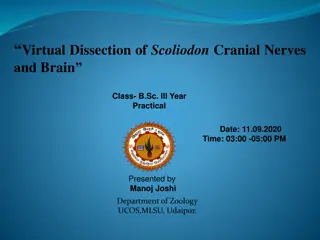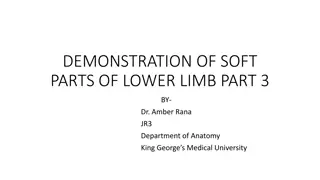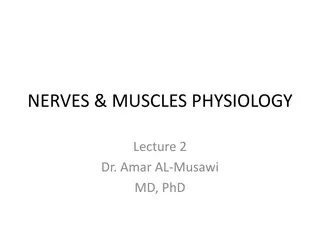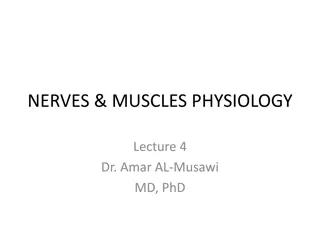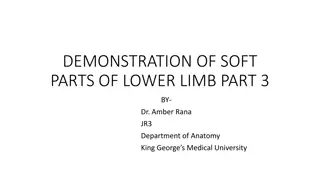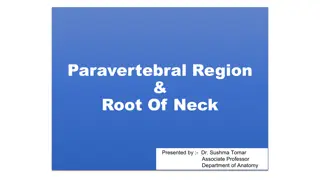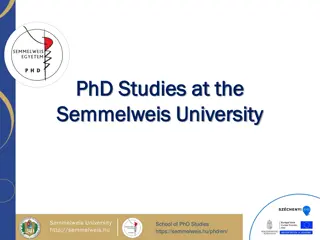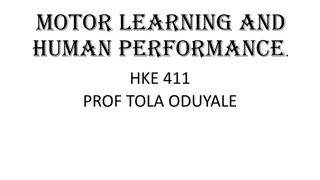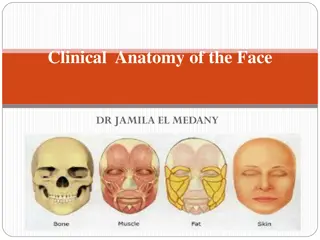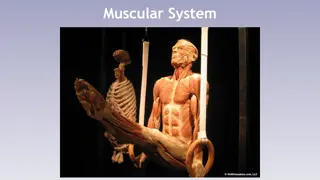Understanding Nerves and Muscles: Physiology Insights by Dr. Amar AL-Musawi MD, PhD
Explore the intricate world of nerve fiber morphology, myelination, and classification in this enlightening lecture by Dr. Amar AL-Musawi. Delve into the significance of myelination in enhancing nerve function and learn about factors affecting conduction velocity. Discover the role of glial cells in the peripheral and central nervous systems and gain insights into nerve fiber classification based on conduction velocity types.
Download Presentation

Please find below an Image/Link to download the presentation.
The content on the website is provided AS IS for your information and personal use only. It may not be sold, licensed, or shared on other websites without obtaining consent from the author. Download presentation by click this link. If you encounter any issues during the download, it is possible that the publisher has removed the file from their server.
E N D
Presentation Transcript
NERVES & MUSCLES PHYSIOLOGY Lecture 3 Dr. Amar AL-Musawi MD, PhD
Objectives for this lecture Explain the nerve fiber morphology, its myelination, and the nerve fiber classification.
Animation1 Animation1
Myelination is important for the following reasons: It increases the excitability of the nerve fiber It speeds up the conduction velocity of action potential Conserves energy
Factors that affect the conduction velocity: 1. Myelination.. 2. Axon diameter. 3. Temperature. Electrical properties of a nerve (nerve trunk): [1] Does not obey the all or none law: This mean that as the stimulus intensity increases, the amplitude of response (action potential) are increased. [2] Generation of compound action potential: This means that as the stimulus intensity increases, the duration of response (action potentials) are increased with the appearance of multiple peaks.
Glia: In the peripheral nervous system there are two types of glial cells: [a] Schwann cells. [b] Satellite cells.
Glia: In the central nervous system there are four types of glial cells: [a] Blood-brain barrier (BBB) [b] Envelop synapses and the surface of nerve cells. [c] They produce substances that are trophic to neurons. [d] Maintain the appropriate concentration of substances in the brain interstitial fluid. [e] Provide neurons with lactate as an energy source. [f] Synthesize neurotransmitter precursors for neurons.
Classification of nerve fibers: [A] The fibers can be classified according to their conduction velocity into the following general types: 1. Type A fibers:Myelinated Alpha ( ) fibers Beta ( ) fibers Gamma ( ) fibers Delta ( ) fibers 2. Type B fiber:Myelinated 3. Type C fibers:Unmyelinated
[B] The fibers can be classified according to the direction in which they conduct impulses. Sensory, or Afferent, Motor, or Efferent (somatic and autonomic), Interneurons.
[C] The structural classification of neurons is based according to the number of processes that extend from the cell body of the neuron. Unipolar neurons Bipolar neurons Multipolar neurons
Clinical significance Multiple sclerosis (MS) Guillain Barre syndrom (GBS) Vitamin B12.
1-Compound action potential is recorded from a: A. Motor nerve fiber B. Myelinated nerve fiber C. Nerve trunk D. Sensory nerve fiber E. Single nerve fiber 2-Nerve impulses, all the following are false EXCEPT A. Can travel in one direction only in a nerve fiber B. Can travel in two directions across a synapse C. Travel at the speed of an electric current D. Correspond in duration to that of the nerve refractory period
3. Non-myelinated axons differ from myelinated axons in that they are A. Not sheathed in Schwann cells B. Not capable of regeneration after section C. Found only in the autonomic nervous system D. More excitable E. Refractory for a longer period after excitation 4.The velocity of nerve conduction is increased with a decrease in the A. Diameter of the nerve fiber B. Degree of myelinization C. Capacitance of the nerve fiber membrane D. Resting membrane potential



